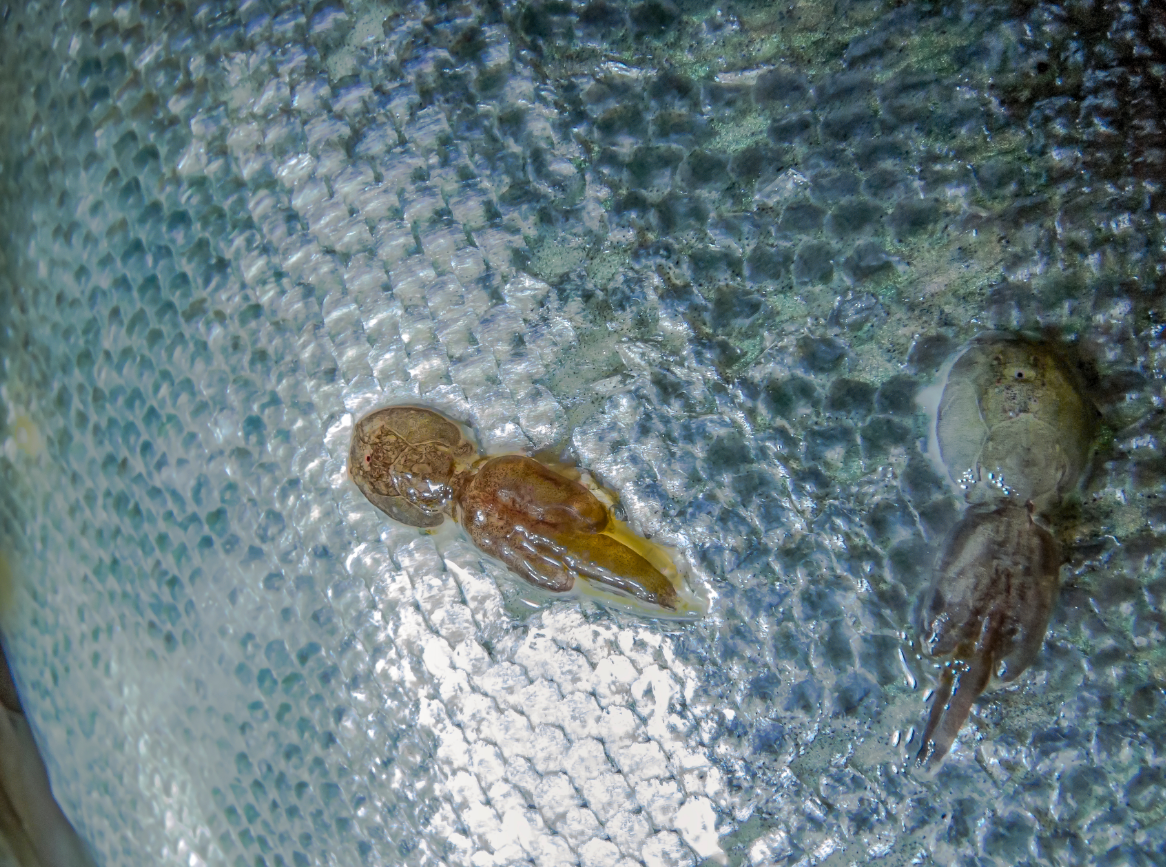Iceland orders special measures to tackle rising lice numbers

Veterinary authorities in Iceland have ordered additional measures to be taken in the Westfjords region, its main salmon farming area, following reports of high numbers of sea lice.
While Iceland has not been lice-free, the industry there has not suffered to the same degree as Norway, for example. But all that could be changing for the Westfjords, where the authorities say the situation has been “unusually bad” in recent weeks.
MAST.is, the Icelandic Food Agency, has authorised chemical treatment in at least eight Westford region farming areas. These areas will be treated with both special medicines and medicated feed, say reports from the region.
MAST (Matvælastofnun ) says that it has approved the treatment moves “…in the light of circumstances as an effort to keep the number of lice at a minimum during the winter”.
The announcement added: “Lice medicines can have a negative effect on the ecosystem in the immediate vicinity of a farm. The experience of neighbouring countries also shows that salmon lice can develop resistance to drugs. Therefore, the use of drugs in the fight against lice is a remedy that should only be used in an absolute emergency.”
MAST said that for this reason it is also encouraging companies to look at additional ways of keeping lice infestation under control.
The statement added: “It is also important that the lice load is as low as possible in the spring, when the sensitive migration period of wild salmon begins, but the lice have so far had difficulty multiplying in the winter due to the low sea temperature.”

